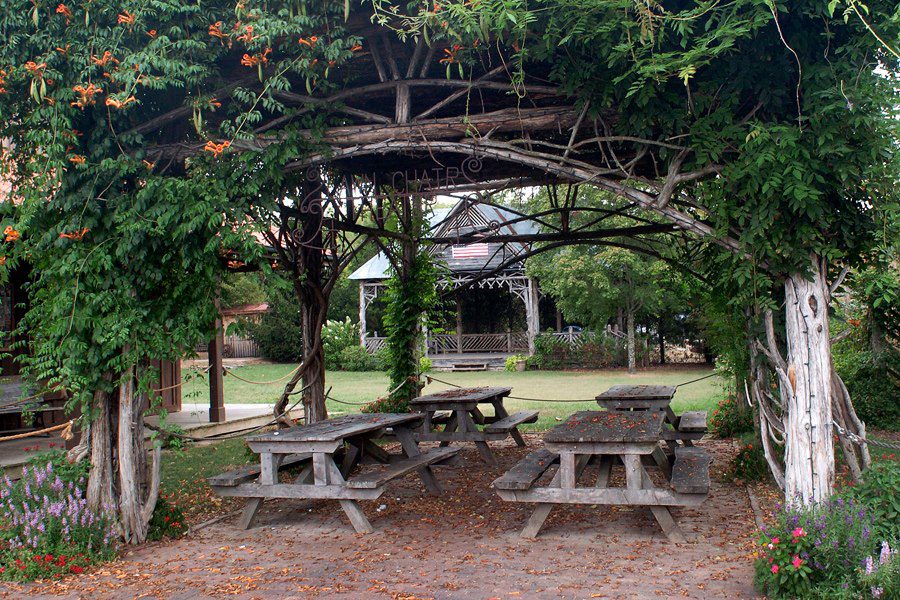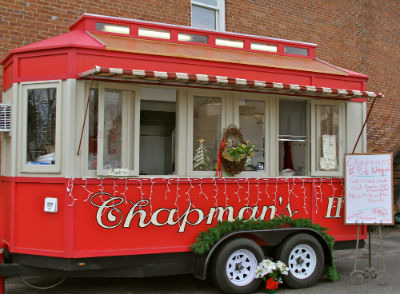Visit Leiper’s Fork, Tennessee

Native Americans
4,000-year-old relics found in this area indicate that Leiper’s Fork, Tennessee not only served as an important hunting ground for prehistoric Native Americans; it was also their home. An area deeply rooted with Native American heritage, they have inhabited this area for thousands of years. Native Americans who later evolved into the tribes we know as the Cherokee, Chickasaw, Creek and Shawnee thrived in this area because of its abundant hunting, fertile soil and plentiful supply of fresh water.
Land Grants
Early American Revolutionary War veterans from North Carolina and Virginia began to acquire land from this area in the late 1790’s through land grants as payments for their service. The present village of Leiper’s Fork, TN is situated on part of the 2,504 acres of Col. Jesse Steed, which was later purchased by Jesse Benton, who unfortunately never lived on his land due to an untimely death. Attracted by the opportunities in the West, Jesse’s widow, Nancy, and her children moved here, to what was first known as Benton Town. Nineteen-year-old Thomas Hart Benton helped build their new home, clear their land and plant their first crops. To help other settlers moving to the area, the Benton’s leased parts of their land to newcomers; eventually a small community grew up around them. Thomas Hart Benton, who later became a U.S. Senator for the State of Missouri, practiced law in Williamson County and was a close friend to Andrew Jackson. Today, a historic marker honors the site of the Benton home.
Early Times
During its earliest times, the Natchez Trace served as a major thoroughfare and many travelers passed through Benton Town on their way up and down the Trace. After a few years of an established community, Nancy renamed the village Hillsboro, after her home in Hillsborough, North Carolina. In 1818 a post office was granted to the village due to its growth and its location on the National Road from Natchez to Nashville; however, a Hillsboro, Tennessee had already been established in Coffee County so the name of the village was changed to Leiper’s Fork. The name was taken from the Leiper family who settled much of the land along the creek passing through the village.
The first three decades of the 20th century were prosperous times for Leiper’s Fork, Tennessee. The booming little village consisted of several general stores, the Middle Tennessee Railroad, lumber mills, a blacksmith shop, churches, a school, a college, a bank and the home of the Williamson County Poor Farm.
Preservation
The story of Leiper’s Fork entered a new chapter in 1995 when a group of concerned citizens began restoring its village and preserving it’s scenic farmland. Faced with rapidly encroaching suburban development within Williamson County, visionary community leaders identified the threat and created a plan of action to preserve its land, buildings and way of life. Since this time, Leiper’s Fork has become a unique community of farmers, artists and musicians who appreciate its down home feel and peaceful rolling hills.
Today, Leiper’s Fork is the area of choice for families wanting to experience an authentic living, breathing village near Nashville and Franklin full of characters who will delight and charm you with their stories of daily life. It is a Registered National Historic District and contains some of the few remaining examples of late 19th century architecture once characteristic of villages in Williamson County. Leiper’s Fork is the only historic village on the Tennessee portion of the Natchez Trace Parkway and offers the quaintness of the past and the convenience of the present with friendly merchants, great country cooking and world-class entertainment.
If your travels bring you to the Middle Tennessee area, it would be well worth your time and you’ll be welcome to lose yourself in our little village.



